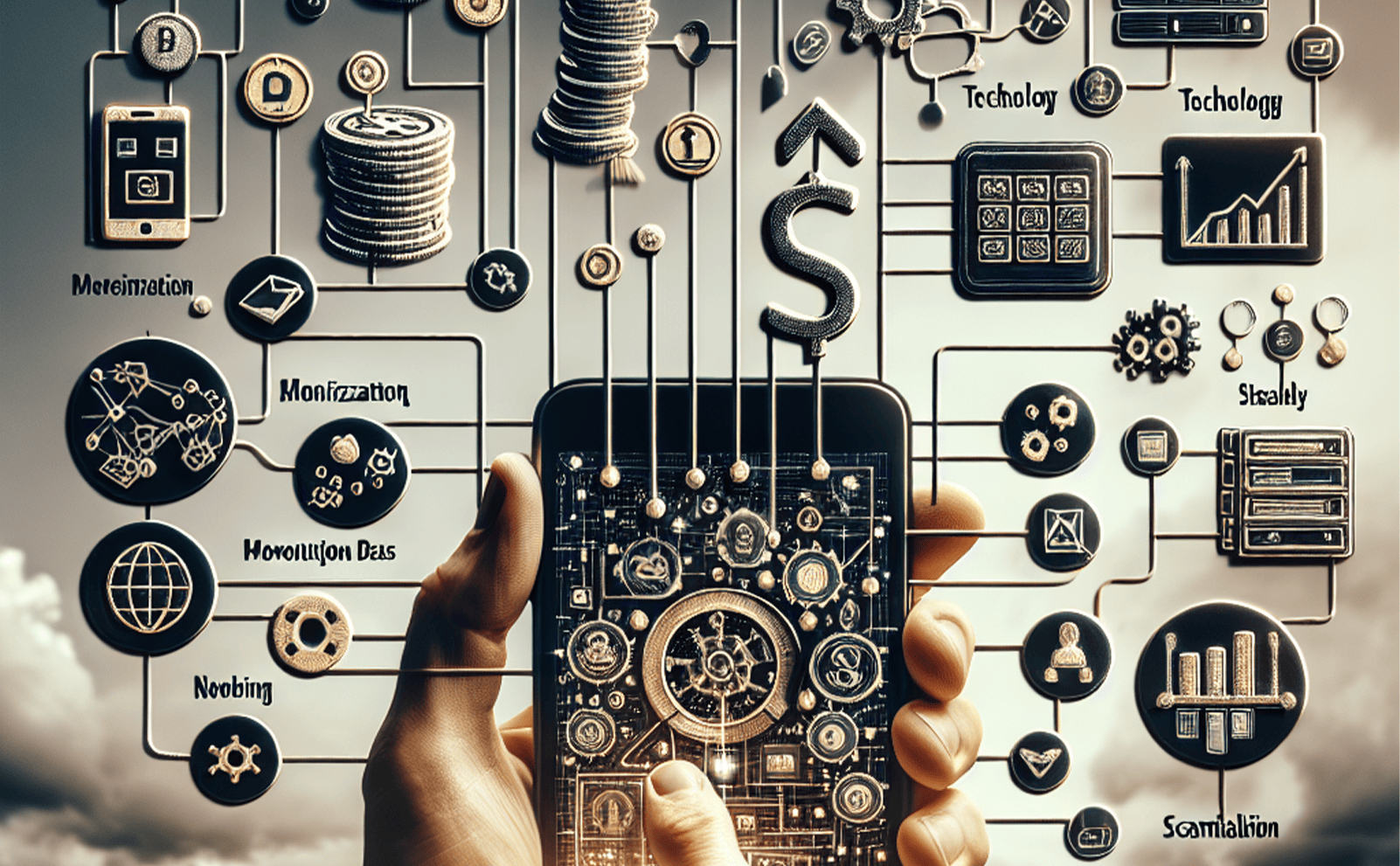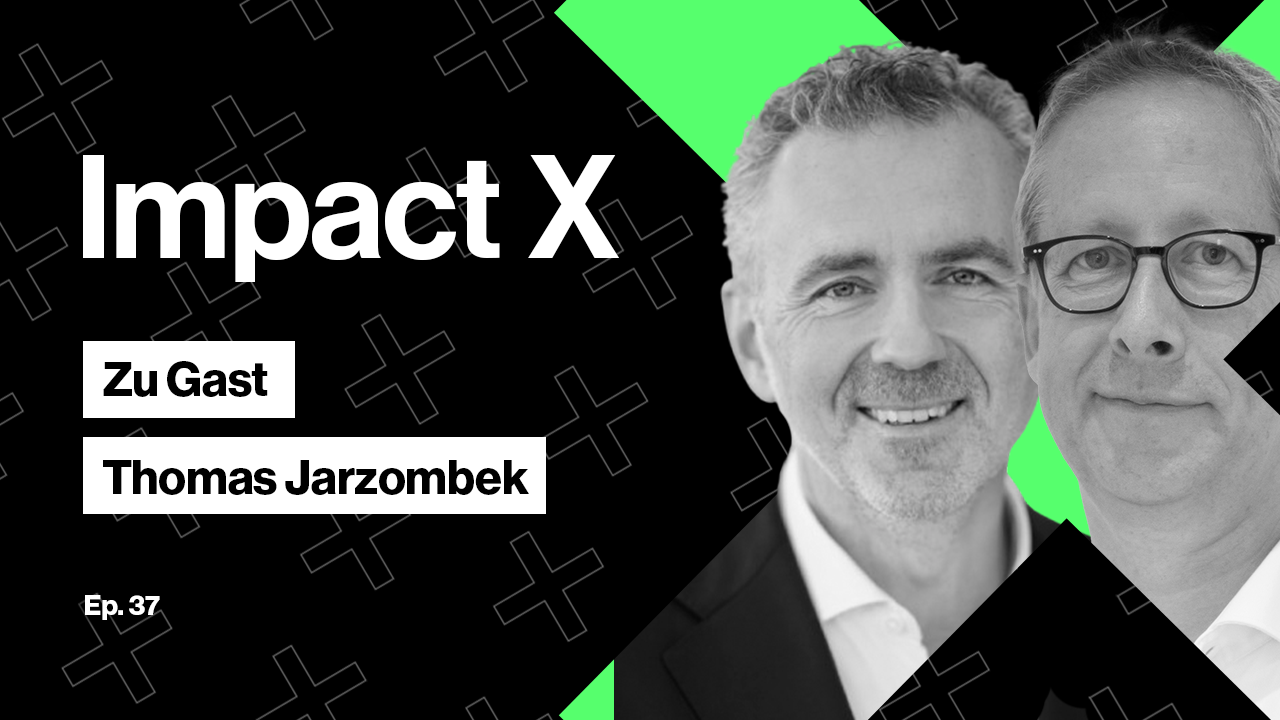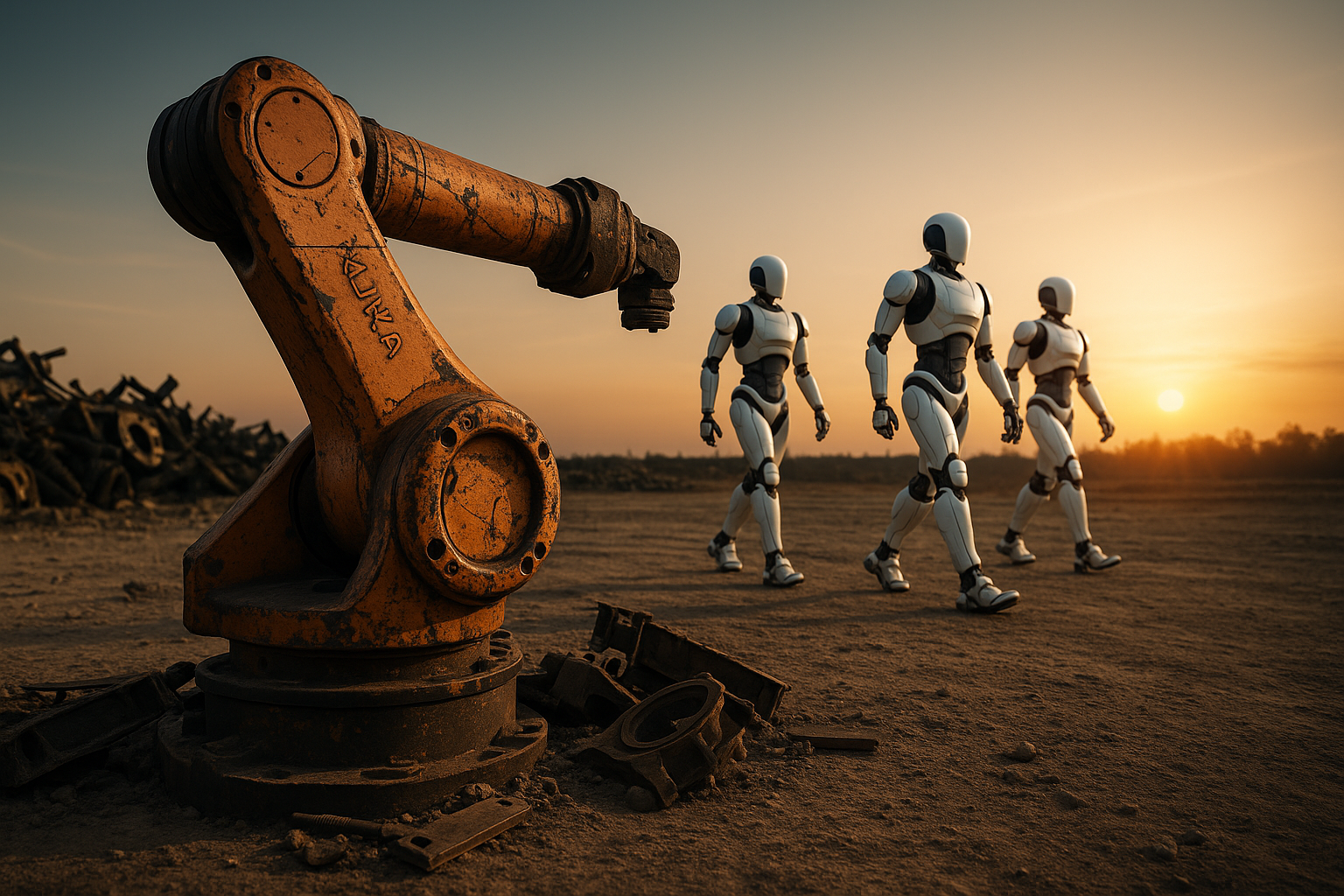Who will survive?
So much has been written in the last 20 years about the internet, US-owned information infrastructure, aggregators, marketplaces and the AI revolution. I believe that when we look at the status quo and our future predictions regarding digitalization and AI, we neglect the impact of the narratives, rules and laws that we ourselves have created – and could therefore change – and consequently misjudge developments.
Why do we as users accept that the big platforms nudge us, tease us, and in fact, hack us every day, making us dependent? Because there are no alternative offers where I as a user can pay for a search or for a social network myself and thus be left alone by the scoring mechanisms for manipulation and influence.
And why are there no offers? Because we users in general are not prepared to pay for it. And because the market is not big enough for investors to be happy about giving their money.
Aggregators and content
Aggregators are so powerful today because they control access to demand – i.e. to us users. The supply of content is abundant and never dries up. The bottleneck factor is our attention, because it cannot be increased indefinitely. A person can only watch one movie at a time, only be on one social network at a time. Our attention cannot be increased over 24 hours a day.
Theoretically, we humans control the use of this attention. If we are hacked or steered by social expectations, our self-determined influence is less than we assume, no matter how autonomous we feel. From the perspective of a digital business model, a newspaper, music, film, but also education, university, a cookbook or even a novel – all are just content.
If an aggregator such as Facebook, Google or Amazon has succeeded in recent years in bundling so many offerings (i.e. content) that it is attractive for us, or even easier, to go through the aggregator, then this has led to huge corporations that are still US-dominated today.
The real question for this “Aggregator Era” of the last 15 years would have been: Why have we allowed aggregators to hack our brains via likes, feeds, and nudges in the form of pop-ups to keep us in the loop?
What does AI change for aggregators?
In future, all content will no longer have to be created by people. There will no longer be an abundance of man-made content that has to be sorted by aggregators and pushed into feeds. The aggregator can create any form of content itself in abundance, or users of the platform can have the content created by AI systems.
Content has been available in abundance for the last 20 years due to the bundling of aggregators. With AI, this abundance will expand exponentially again and content will become even cheaper. It’s not just about posts on social media platforms. It’s about educational content, tutorials, films, books, newspapers, magazines, and photos. With AI, it’s all about getting the right content to the right user at the right time in the most efficient way possible.
TEMU shows us where this is leading: On this Tinnef sales platform, we are encouraged to buy and therefore consume goods that we didn’t even know existed before clicking the order button, let alone what benefit the items are supposed to bring us. TEMU is no longer a neutral retailer or intermediary, but an active manipulator who knows our weaknesses in order to encourage us to make our next purchase.
In addition to these more vertical specializations of aggregators, new horizontal aggregators may also emerge in the future that cover entire subject areas, including for example, (further) education, the placement of workers with companies, commuter mobility and pension provision – to name just a few. The entire organization of our personal workforce, virtually from a single source.
Pure SAAS will not be enough in the future
Until now, it was the many thousands of private and B2B software-as-a-service models that, alongside the aggregators, had rosy business prospects and were therefore also loved by investors. In future, a successful digital business model will also have to have its own data layer, which is given special added value with the process layer (the SAAS model).
For example, it will be necessary for a B2B software solution for machine optimization to include data from a large number of similar customers that have been trained using ML/AI. Alternatively, the data for the software’s direct added value can come from sources that are difficult to access, such as satellite data. Or it could be the highly sensitive user data from aggregators, which can be transformed into concrete actions and monetizable actions using AI. Without access to a data pool, it will not be possible to create monetizable added value for customers with pure software in the future.
What will become of Google?
Will we still be typing our questions into the search box on Google or other search engines in future? Or are we advised and accompanied by our personal chatbot? Where do we look for opening hours, travel connections or interesting books?
Even if we almost always only access the results on the first page of Google, we are still given a choice and believe we are free to decide. Google leaves us with the rest of an illusion of freedom, even if we, thanks to Google, no longer see the many alternatives. With chatbots, we receive an answer that is weighed up where possible, but we generally no longer see where the content comes from.
As users, we are currently setting the course for how this part of the future will develop in the coming years through our behavior. Many of us no longer want to have a choice in our everyday lives, but rather a simple recommendation from an algorithm that we can no longer understand in detail how it works and where the data even comes from.
Do we still need newspapers and media?
The questions are rather:
- Where will we get trustworthy information as humans in the future? And:
- How do we create an opinion sentiment for society as a whole and groups via muted resonance chambers (that’s what media editorial offices used to be) outside the attention economy?
As individuals and as a society, we absolutely must answer these two questions. The completely wrong (current) path is that once reputable newspapers and even the pay-as-you-go public broadcaster in Germany have moved into the completely unsuitable attention economy.
I don’t even know if I want an AI summary for fact-based information on current events. In future, I would prefer to rely on reflective, stable, and assessable humans.
I can well imagine that the next step in trust-based information procurement will once again be about people and their personal brands, podcasts, blogs, and articles. The normal media urgently need to think about strategies for escaping the attention economy and becoming trustworthy authorities again without a dogmatic bias.
Horizontal and vertical AI solutions
Today’s generative AI solutions are a horizontal technology because they can be used in many situations. In the near future, we will see a lot of new vertical AI in particular, which will use specific industry expertise to identify major efficiency gains.
In my view, it is difficult to predict whether these will be extended in the direction of horizontal models soon or only in the long term by the next bundling/unbundling wave.
Whether today’s aggregators, as horizontal providers, will be able to integrate the many vertical solutions that will now emerge is, for me, one of the most exciting topics of the next few years. Will we see stumbling tech giants in the next ten years that fail to take this next step, or is their de facto power and proximity across already distributed markets such as devices, operating systems, and social media apps so great that they can successfully fend off new aggregators?
Conclusion
In the coming years, the winners will be those companies that can turn access to data into added value with their software and process expertise at a high level of scale. There will have to be a new term for this, which no one has really created yet. It will be exciting to see whether the large aggregators will all manage to save their models for the future and whether the advertising-based model will remain the predominant model.
Even today, we cannot be sure to what extent information has been manipulated or altered by algorithms, neither in its generation nor in its distribution and presentation. For me, it is already completely unbearable and actually unimaginable to accept that we humans are obviously still prepared to pay for the manipulation of our perception in the form of business models from the attention economy (social media, feeds, advertising). We can no longer trust this information because of the mix of content and presentation algorithms.
It is essential that we regain control over the generation and flow of information and its presentation. We can do this ourselves through our voice, our influence, and our purchasing behavior. I am eager to see what we do with it.



